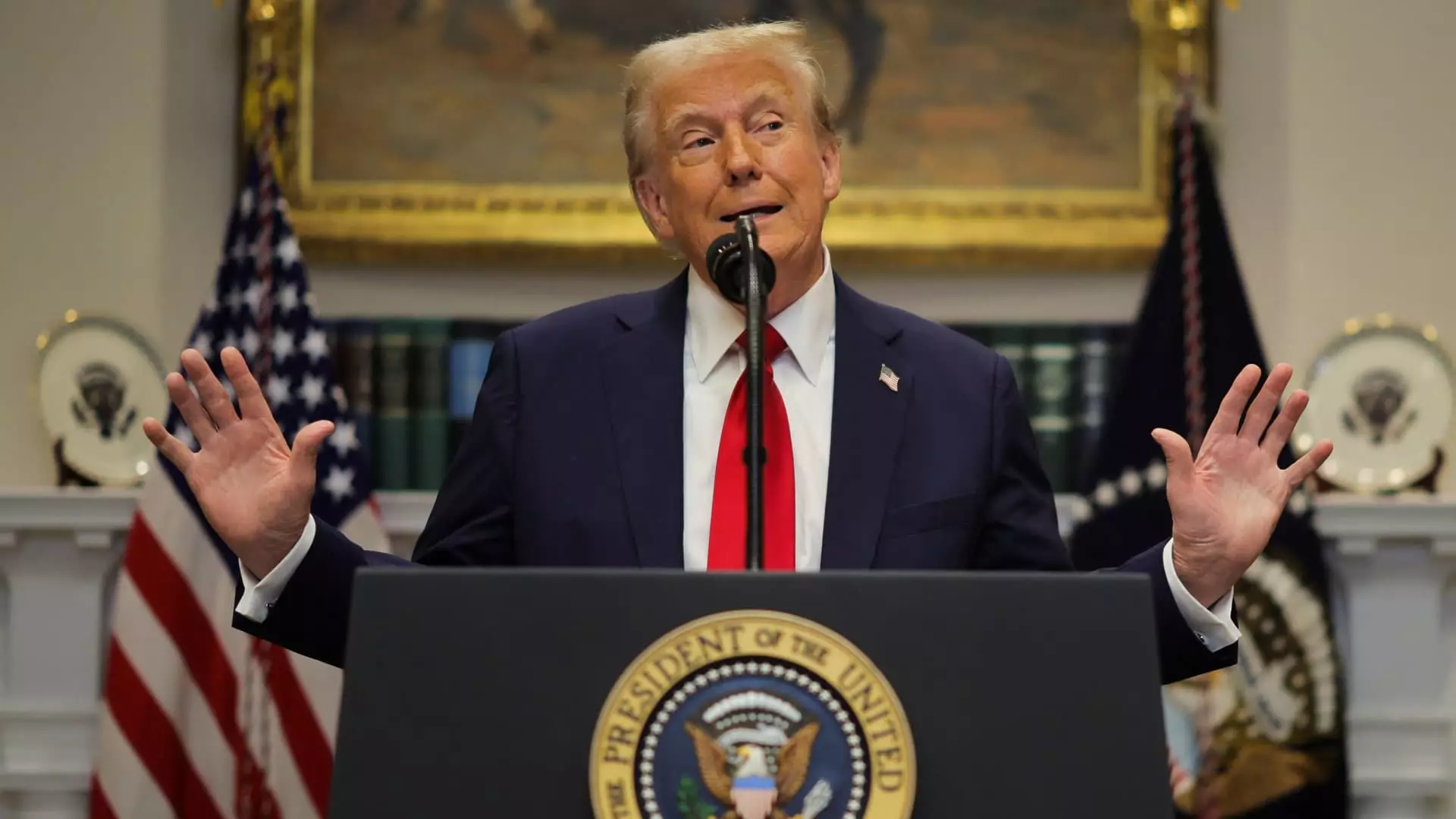In recent discussions, former President Donald Trump proposed introducing a 10% tariff on imports from China, signaling a continuation of his administration’s aggressive trade policies. This proposal is argued to be targeting China’s alleged role in the global fentanyl crisis that has significantly contributed to the opioid epidemic in the United States. The notion of imposing tariffs as a strategy to manage international relations has garnered considerable attention and poses critical questions regarding its potential effectiveness and repercussions on the economy.
Fentanyl, a potent synthetic opioid, has been linked to tens of thousands of overdose deaths annually in the U.S., with much of the precursor chemicals used to produce it being sourced from China and Mexico. Trump’s assertion that the proposed tariffs would serve as leverage against China’s role in this crisis highlights how intertwined issues of public health and international trade have become. The administration’s approach suggests a willingness to utilize economic pressure tactics as a means of fostering international cooperation and addressing pressing societal issues.
During a phone call with Chinese President Xi Jinping, discussions revolved around fentanyl and trade, with Xi advocating for mutual economic benefits. However, the Chinese government issued a statement that refrained from directly addressing the proposed tariffs, opting instead to highlight a philosophy of cooperation and economic interdependence.
Economists warn that the introduction of new tariffs on Chinese goods may provoke retaliatory actions from China, further escalating trade tensions between the two nations. A report from the Peterson Institute for International Economics projected that an additional 10% tariff could result in a $55 billion reduction in U.S. GDP over four years, alongside significant economic consequences for China as well. This perspective underscores the possibility that both countries may experience losses from an intensified trade conflict, contradicting the notion that such tariffs could serve as a remedy for deep-rooted economic grievances.
The broader economic implications extend beyond the U.S.-China relationship, as this tit-for-tat tariff strategy could affect global markets and disrupt supply chains that are intricately linked across borders. The economic landscape shaped by such policies may have long-term consequences for American businesses and consumers, potentially leading to higher prices and reduced availability of goods.
In tandem with the proposed tariffs on China, Trump also expressed intentions to consider a substantial 25% tariff on goods from Mexico and Canada. This approach underscores a stark shift in trade policy that could redefine North American economic relationships. Trump’s rationale for these tariffs revolves around immigration concerns, framing them as a necessary measure to limit the influx of individuals crossing borders.
Such policies evoke questions about the balance of protecting national interests versus fostering international cooperation. The potential implementation of these tariffs is reflective of a broader populist sentiment that emphasizes economic nationalism, yet it raises concerns about maintaining productive relationships with neighboring countries that are pivotal to the U.S. economy.
The relationship between the U.S. and China remains one of the most significant bilateral partnerships in the world, characterized by both collaboration and contention. The prospect of new tariffs reflects ongoing uncertainties regarding how these two powerhouse nations will navigate their complex interactions in the future. Trump’s proposals suggest a continuation of a confrontational approach to trade, which could escalate tensions and hinder possible cooperative measures in realms such as public health and climate change.
While the proposed tariffs may be presented as a strategic move to address serious issues like fentanyl trafficking, they also represent a contentious chapter in trade diplomacy. The long-term ramifications of such policies may ripple throughout the global economy, challenging the very tenets of free trade and economic interdependence that many nations advocate for. As the U.S. continues to grapple with its position in the global market, the balance between protectionism and collaboration will be increasingly crucial.


Leave a Reply